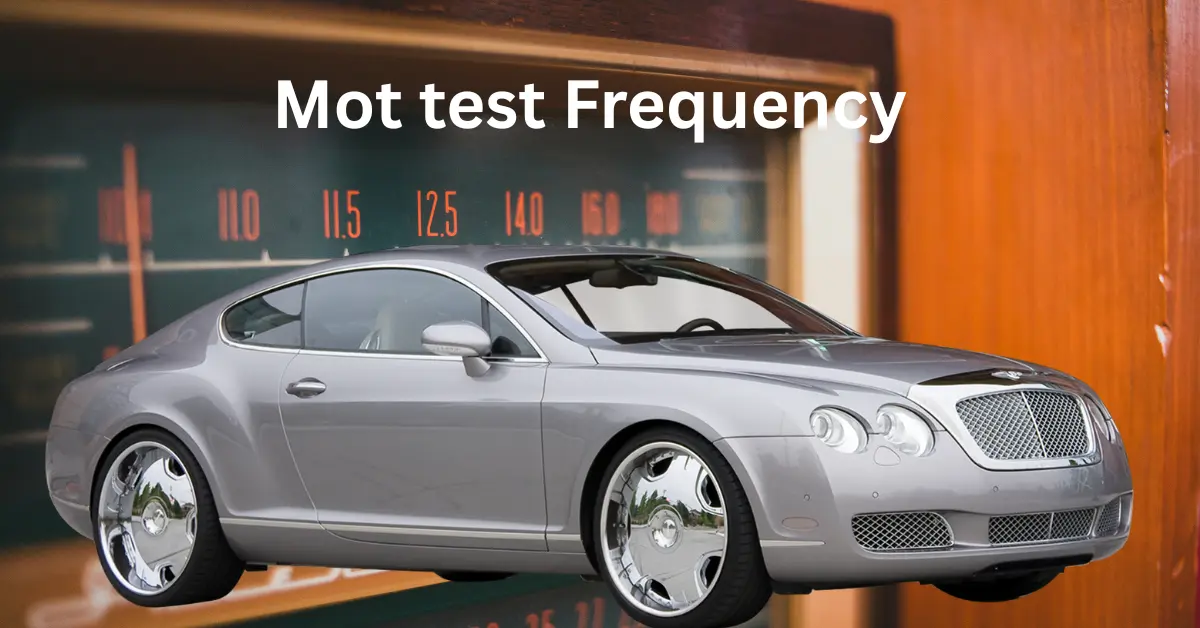MOT Test Frequency Could Change to Every 2 Years: What UK Drivers Should Know
Big changes may be coming for UK drivers. The government is currently reviewing the frequency of MOT tests, and proposals suggest that the annual requirement could be shifted to every two years. This MOT rule change, if approved, would impact millions of vehicle owners and reshape how the UK handles road safety checks.
📢 What Is the MOT Frequency Rule Change About?
Currently, drivers in the UK are required to have their car undergo an MOT test every year once the vehicle reaches three years of age. The new proposal — introduced by the Department for Transport (DfT) — is considering increasing the test frequency to once every two years.
For example, instead of testing your car in 2024, 2025, 2026… you’d test only in 2024, then 2026, then 2028. While this may sound convenient, experts have mixed opinions about its implications.
🎯 Why Is the UK Government Considering It?
The main reason is cost. According to the DfT, this change could help drivers save up to £100 million annually. As households face high inflation and living costs, the government believes reducing routine vehicle expenses could ease the burden.
Transport Secretary Mark Harper said the changes were aimed at “keeping costs down for drivers while maintaining road safety.”
⚠️ Is It Safe to Delay MOT Tests?
Here’s where things get controversial. The idea of delaying MOT tests has triggered concern among road safety groups, mechanics, and organisations like the RAC and AA.
- RAC: Nearly 30% of cars fail their MOT the first time — many for dangerous faults like worn-out brakes or lights.
- DVSA: Reports show that vehicles older than 5 years are far more likely to have safety-critical issues.
- AA: Warns that extending the MOT gap may result in more unsafe vehicles on UK roads.
🔍 What Are the Pros and Cons of the New MOT Frequency?
| Pros | Cons |
|---|---|
| Save ~£50 per year per vehicle | Delayed discovery of safety faults |
| Reduced congestion at test centers | Higher breakdown risks for older cars |
| Less stress for owners of newer cars | Could hurt small garages & testing stations |
🚗 Who Would Be Affected the Most?
Vehicles older than 3 years would be subject to the new testing timeline. However, the actual change — if implemented — may include exceptions for high-mileage vehicles, taxis, and commercial fleets.
This means private car owners with well-maintained vehicles may benefit, while those with older or rarely serviced cars could pose risks to themselves and others.
📅 When Will the MOT Rule Change Happen?
The policy is still in the consultation phase and hasn’t been approved yet. If it does move forward, the change could begin rolling out in late 2025 or early 2026.
The DfT is expected to publish final decisions after reviewing public feedback and industry responses.
✅ What Should UK Drivers Do Now?
- Continue scheduling your MOT annually until the rules officially change.
- Use trusted services like CheckMyMOT.com to monitor your MOT due date.
- Stay updated by subscribing to DVSA announcements or bookmarking this blog.
💬 Final Thoughts
While a two-year MOT test schedule sounds convenient, it raises questions about road safety, environmental compliance, and garage sustainability. For now, nothing has changed — so it’s essential to continue getting your vehicle tested every year.
We’ll keep you posted on any updates. Follow our MOT News Blog for the latest changes, expert analysis, and DVSA announcements.

